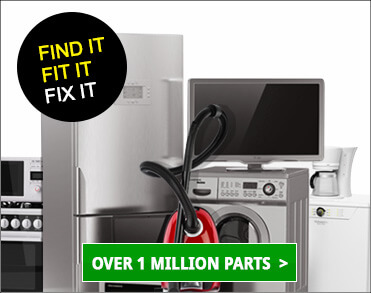
You've been using your fridge freezer wrong and it's costing you money!
June 7, 2022 | Fridge Tips | No comments
It’s hard to imagine a home without a fridge freezer nowadays… but having one doesn’t necessarily mean you’re getting the best out of yours! Fridges can be costly appliances to run if you aren’t maintaining them and using them efficiently, and you can easily find yourself accidentally spending a fortune when you don’t need to.
Fortunately, we have plenty of energy-saving tips for your fridge freezer to help you knock down your energy output. So, if you fancy learning how to use your fridge in a more efficient and cost-effective manner, read on!
Get in position
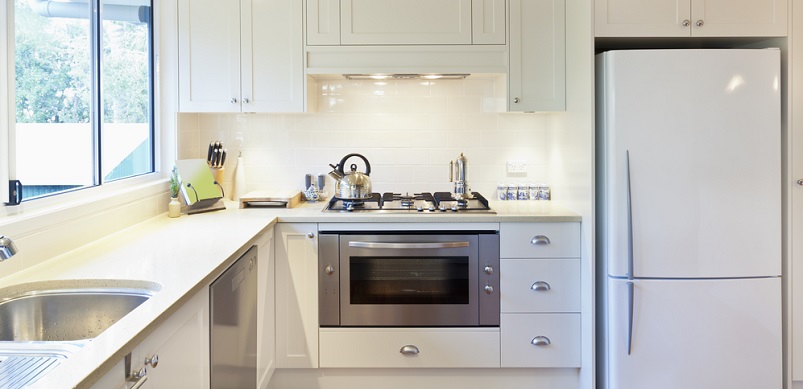
First things first, make sure your fridge is in the right position. Yep, that’s right… even the position and placement of your fridge freezer can have consequences when it comes to your energy usage! To ensure your appliance isn’t stored somewhere it’ll get too warm and have to use excessive energy to stay cool, you should check the following:
- Make sure your fridge freezer isn’t in the line of any direct sunlight.
- Don’t position your appliance next to radiators or other heat sources such as an oven.
- If possible, make sure your fridge has some space around the sides and back. The air vents will be able to run a lot more efficiently if they have room to breathe and aren’t obstructed.
Clean the coils
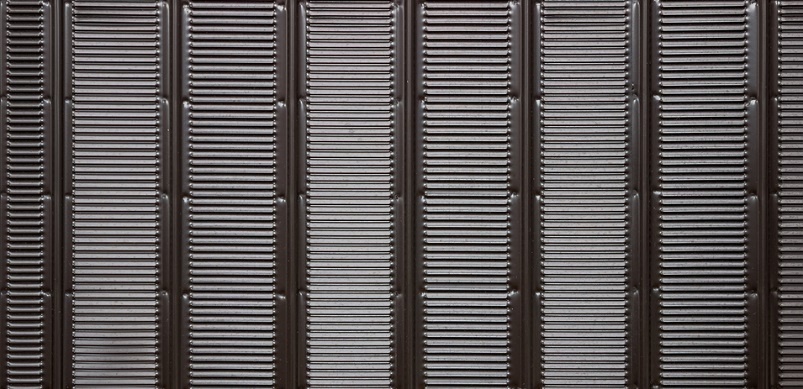
The condenser coils at the back of your fridge freezer work to keep the appliance cool. However, when these get dirty or dusty, they will not only need to work harder and use more energy to do their job properly, but it also puts your fridge at risk of faults.
Fortunately, such worries can easily be avoided by giving your condenser coils a quick clean every now and then! Simply wipe them down with a dry brush or go over them with a vacuum cleaner whenever necessary, and your fridge freezer’s coils will be free to work effectively and unhindered.
Fill it just right
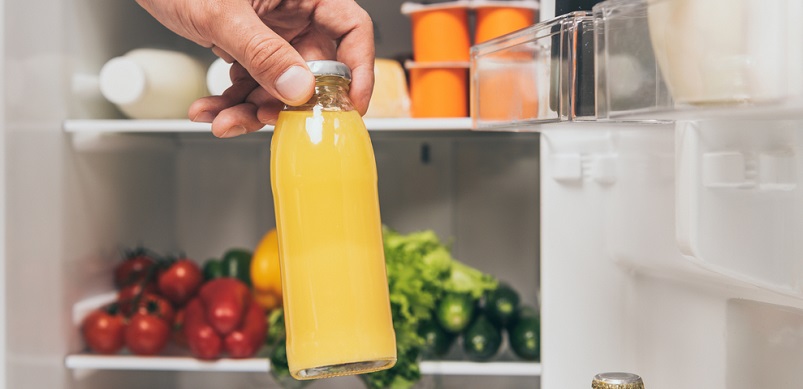
Did you know that underfilling or overfilling your fridge can have a significant effect on how hard your appliance has to work to maintain its temperature? It’s true! If your fridge has been overfilled, it will have to work extra hard to keep all of the items cool. However, if you have underfilled it, the appliance will also need to use more energy to keep all the excess space cool too.
Luckily for you, there’s a pretty simple rule of thumb that will help you keep your fridge topped up just the right amount. Keeping your fridge about three-quarters full with food is ideal for allowing air to efficiently circulate and maintain the correct temperature. Obviously, you can’t always have this food-to-space ratio down to a tee… but that doesn’t mean you shouldn’t strive to maintain this energy-efficient balance whenever possible!
Just add water!

Following on from our previous point, here’s a handy tip to help you try and maintain the three-quarters-full ratio… or at least keep your fridge a little more balanced when it’s starting to look bare!
Simply filling bottles with water and keeping them in your fridge is a cost-free way of preventing your appliance from having to work too hard and keep all the extra space cool. Then, when you next do your food shop, just take these bottles out and keep them aside for when your appliance starts to look empty once more!
Oh, and as an extra tip, the most efficient places to store bottles of water in your fridge are the top shelf, the door and at the back of the fridge.
Keep the temperature right

As we’ve already covered, there are various issues that can lead to your fridge freezer not maintaining the correct temperature. The simplest error, however, is one that many people often overlook… and that’s failing to manually set the temperature correctly!
For optimal efficiency, your fridge should be set to 5 degrees Celsius and your freezer should be set to -18 degrees Celsius. This is easy to do, as practically all modern fridge freezers will allow you to set the appliance’s temperature yourself, either with a dial, buttons or a digital screen. However, if your fridge freezer doesn’t provide temperature readings, don’t worry! Turning your fridge’s dial to the medium setting will usually give you the most energy-efficient results.
Don’t forget to defrost
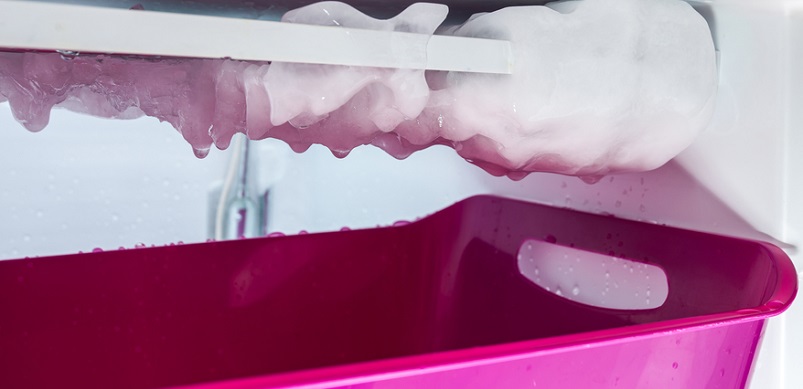
Last, but certainly not least, you should always keep an eye on ice build-up inside your freezer. If your freezer starts to garner too much ice, it will struggle to work properly. The result of this is not only excessive energy usage but also the risk of your frozen foods going bad… and nobody wants that!
To prevent this, make sure you don’t let too much ice form inside your freezer. Whether your appliance comes with an auto-defrost function or you need to manually defrost your freezer every now and then, this little bit of effort and maintenance can save you quite a bit of money (and food!) in the long run.
And there you have it! All you need to know about saving energy with your fridge freezer. While you’re here, why not also check out our blog post on how to keep your food stored as safely as possible around your home? There, you can learn how to keep your fridge safely organised as well as energy-efficient!
Tags: Energy Saving, Energy Saving Tips, Fridge, fridge advice, Fridge Freezer, Fridge Tips

